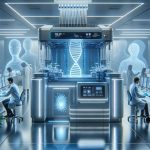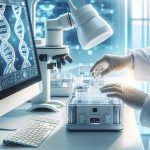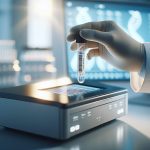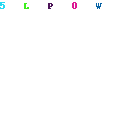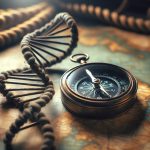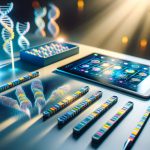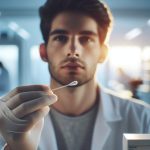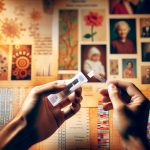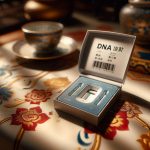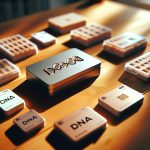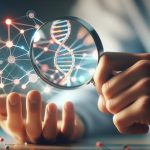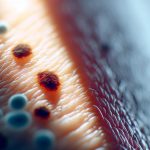Mehul B. Anjaria, the brain behind MBA DNA Consulting, LLC, stands out as a top-tier DNA specialist aiding both lawyers and prisoners to unravel the complexities of forensic DNA evidence tied to their legal battles. In his enlightening discussion, he unveils the intricacies and nuances of being a Forensic DNA Consultant with remarkable insight.
The Role of a Forensic DNA Expert
In my profession, I serve as a bridge between the intricate world of DNA evidence and those who navigate the legal system. My clientele includes defense lawyers, civil litigators, and individuals within correctional facilities seeking clarity on DNA-related matters within their cases. Whether it’s before a trial kicks off or after someone’s been convicted, I step in to shed light on the complexities of forensic DNA analysis.
One key aspect of my job is diving deep into discovery documents related to DNA testing to ensure nothing gets overlooked. After meticulously examining these details, I lay out an easy-to-understand summary for my clients. This encompasses evaluating the integrity and relevance of the tests conducted, alongside interpreting their outcomes. The aim? To pinpoint exactly how this evidence can play out in court—whether it solidifies a case or introduces reasonable doubt due to its absence.
Although conducting lab tests isn’t part of my current duties, guiding clients through arranging such analyses at reputable labs is something I take up enthusiastically. There are times when my work requires me to handle physical evidence firsthand—be it inspecting items stored by law enforcement or collecting DNA samples directly from inmates.
Occasionally, I find myself right where science happens, observing lab technicians as they carry out DNA testing that could potentially consume crucial evidence pieces. Beyond fieldwork and analysis, creating detailed reports and drafting questions for courtroom exchanges form another significant chunk of what I do. Not just limited to behind-the-scenes efforts; there are moments when stepping into court becomes necessary either to observe proceedings closely or provide testimony as an expert witness.
At heart, what drives me is an ambition to demystify everything about DNA evidence for those entangled within the criminal justice framework—a passion fueled by years spent in both police departments and private forensic labs specializing in DNA studies.
What sparked your fascination with forensic science and what do you love most about it?
During my time at the University of Illinois at Chicago, where I pursued biochemistry, I developed a deep interest in DNA and molecular biology. This fascination took an unexpected turn during my third year when I discovered that careers in forensic science weren’t just limited to lab work but also involved real-world applications like crime scene investigations and courtroom testimonies. This revelation came about after visiting a career fair where the Illinois State Police crime laboratory had a booth.
The spotlight on forensic science truly intensified for me with the high-profile OJ Simpson trial, showcasing the pivotal role of DNA analysis in criminal investigations and highlighting how even lawyers needed to grasp complex scientific concepts to argue their cases effectively.
What draws me most to forensic science is its profound impact on society. The field’s ability to solve mysteries and bring closure to families showcases its significance beyond the confines of a laboratory.
What do you find most fulfilling about your work?
Educating my clients about DNA evidence is one of the most fulfilling aspects of my job. It’s incredibly satisfying to see them get a grip on the subject matter, gaining confidence in their ability to either defend themselves or represent others effectively in court. This understanding is crucial, especially given that the defense side often has to combat unjust perceptions within the legal system.
The prosecution naturally leans on government crime labs for expert testimony, leaving those on the defense side scrambling for independent expertise. That’s where I come into play, offering specialized knowledge that not many scientists are willing to provide due to the negative connotations attached to defending accused individuals.
In essence, my role bridges an important gap in the criminal justice system by ensuring that everyone has access to a fair defense through comprehensive and understandable DNA evidence analysis.
What case stands out to you the most and why does it matter?
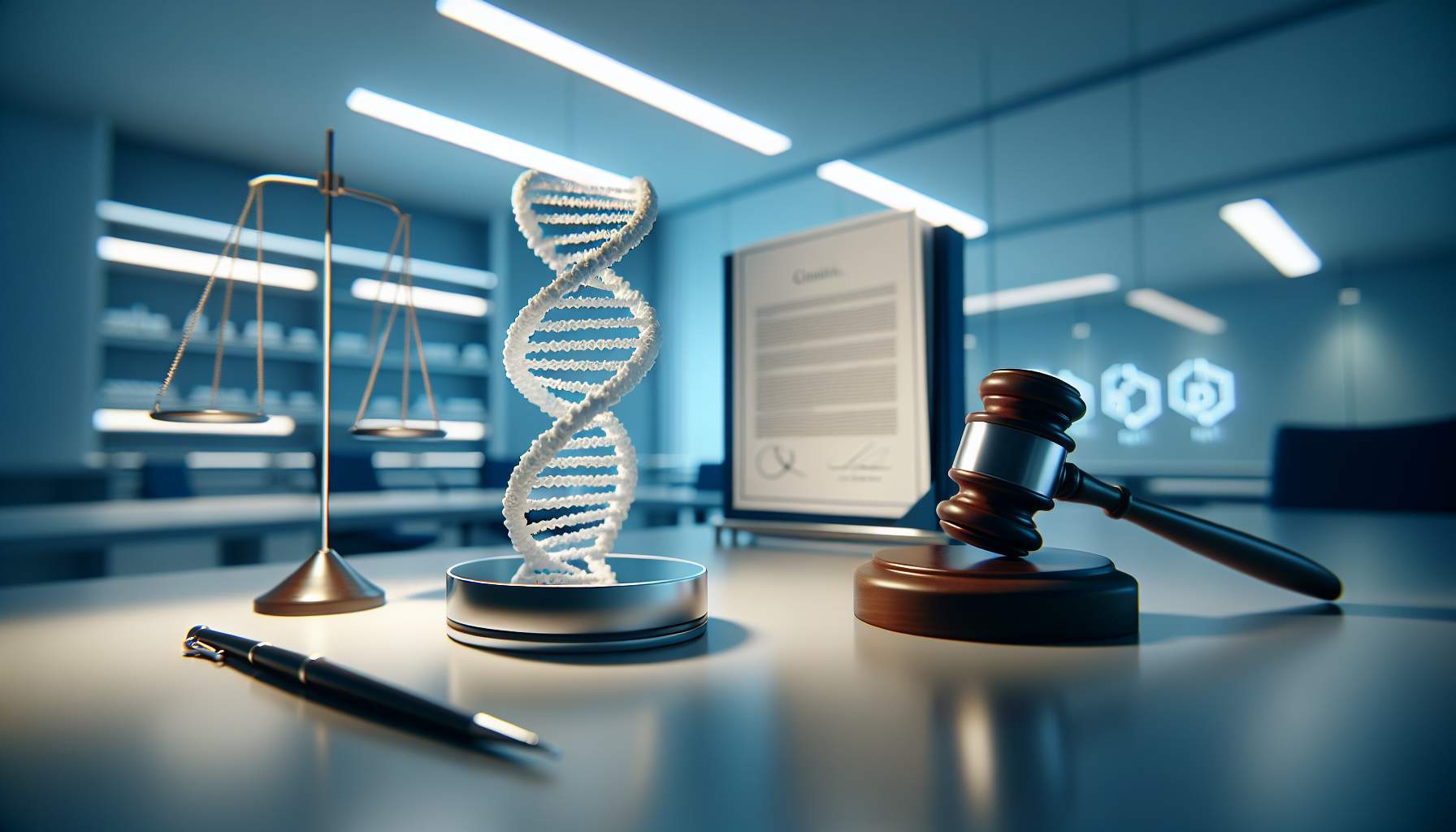
In a gripping legal battle, I found myself deeply entangled in a murder case that stretched across four intense trials. Initially, the accused stood alone in his defense after experiencing both a mistrial and an overturned conviction. Recognizing the critical need for thorough examination, I spearheaded efforts to reanalyze existing evidence alongside scrutinizing previously untouched items. The emergence of new DNA findings significantly tilted the scales.
With the stakes higher than ever, the defendant secured top-notch legal representation for his third attempt at justice; however, this too culminated in a mistrial. Undeterred, we pressed on to a fourth trial where, against all odds, he was finally exonerated.
Throughout the last two trials, my contributions as an expert witness and strategic consultant proved invaluable. This ordeal underscored three essential truths: exhaustive investigation is non-negotiable in DNA cases; resilience in pursuit of justice can make all the difference; and skilled lawyering is indispensable.
The echoes of this saga were felt once more when I had the honor to contribute to another post-conviction appeal that successfully overturned an unjust verdict. These experiences serve not just as career milestones but as poignant reminders of our judicial system’s complexities and its profound capacity for redemption.
How is DNA most often used in crime-solving?
Determining who can and cannot be considered potential contributors of DNA in both criminal and civil cases is crucial. Searches within the FBI’s Combined DNA Index System (CODIS) – including traditional, familial, and the newer method of forensic genetic genealogy – play a key role in these investigations. They’re not just about cracking cases; they also help track down missing persons and solve paternity disputes. Through these advanced methods, we’re able to weave through the complex tapestry of genetics to find answers that were once thought unattainable. It’s like having a detective with a microscope, piecing together the puzzle of our biological connections one marker at a time.
Key worries in gathering and managing DNA
The rise in the precision of DNA testing has highlighted the importance of spotting potential DNA clues. Nowadays, many pieces of evidence don’t show any visible signs of biological fluids. What’s happening more often is the discovery of minute traces of DNA on objects that someone might have touched, making up a significant chunk of what crime labs analyze. This means detectives must be both smart and imaginative in selecting which items to examine or where to look for samples at a crime scene. At the same time, it’s crucial to follow tighter rules to avoid contaminating evidence given how sensitive DNA tests are.
There’s also been progress in improving how we gather DNA from crime scenes besides just better testing after collecting samples. It’s key to collect as much DNA as possible from an item to increase the chances of getting results we can use. Take the M-Vac system, for instance; it’s like a wet-vacuum specifically for picking up DNA and works wonders especially on big, rough surfaces where traditional swabbing or cutting methods fall short. This tool collects much more DNA, boosting our ability to solve cases with clearer evidence.
Key Focus Areas in Current Forensic DNA Studies
In the realm of evidence analysis, sidestepping ingrained prejudices is crucial. These biases often skew our interpretation of data, leading us to see what we expect rather than what’s actually there. This challenge is especially pronounced when deciphering complex DNA mixtures or minimal traces that barely register. It demands a sharp eye and an open mind to ensure justice isn’t compromised by our subconscious leanings.
Expressing scientific discoveries to a courtroom full of laypeople is no small feat either. The goal here is clarity—breaking down intricate findings into digestible pieces that resonate with jurors. It’s about painting a vivid picture they can grasp and believe in because at the end of the day, their understanding could tip the scales of justice.
Another puzzle forensic experts frequently encounter involves pinpointing the specific bodily fluid from which DNA on an item originated. This step is vital as it adds context to the genetic material found, shedding light on how it might have been transferred or what activity led to its presence.
As technology marches forward, so too must crime labs. Embracing next-generation sequencing technologies promises not only finer detail in genetic analysis but also more accurate results even from degraded samples—a leap forward in cracking cases that once seemed unsolvable.
Lastly, the careful integration of forensic genetic genealogy offers a groundbreaking tool for solving cold cases and identifying unknown victims. However, this powerful technique must be wielded with caution, ensuring ethical boundaries are respected and privacy concerns are addressed head-on.
In summing up these challenges and advancements in forensic science, it’s clear that while obstacles remain, our toolkit for uncovering truths amidst puzzles has never been more robust or promising.

